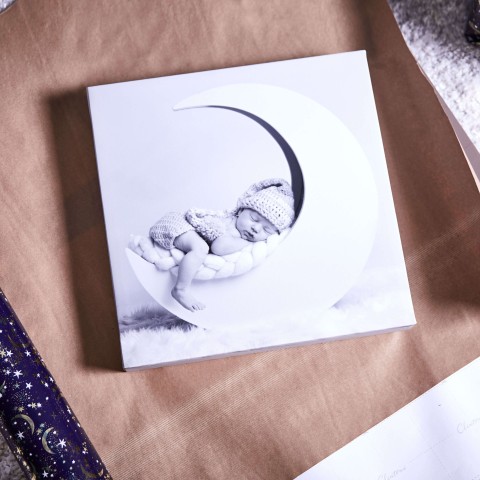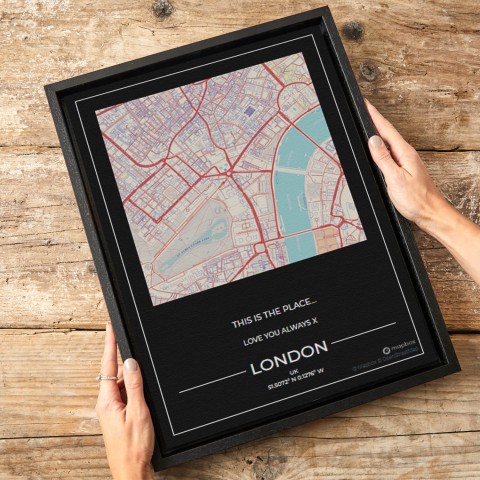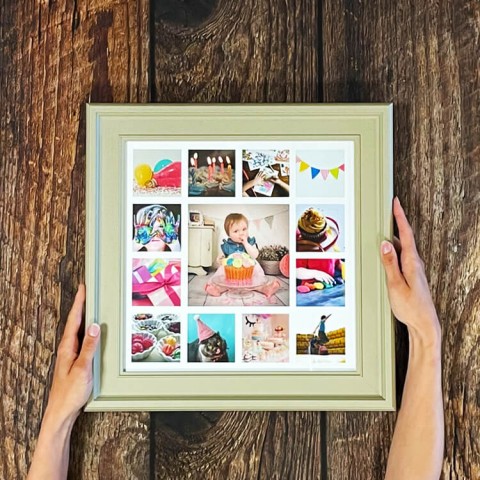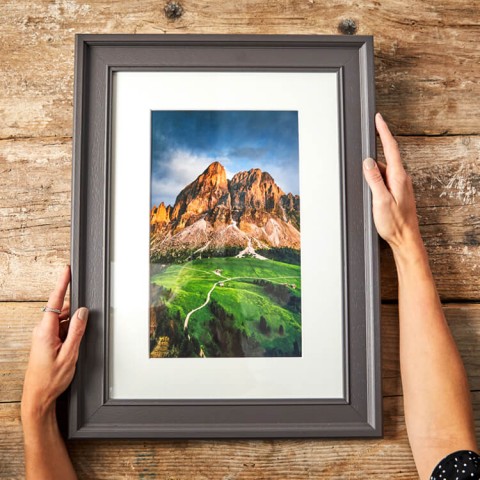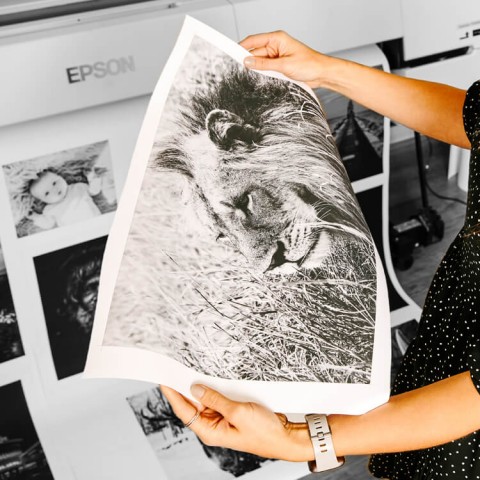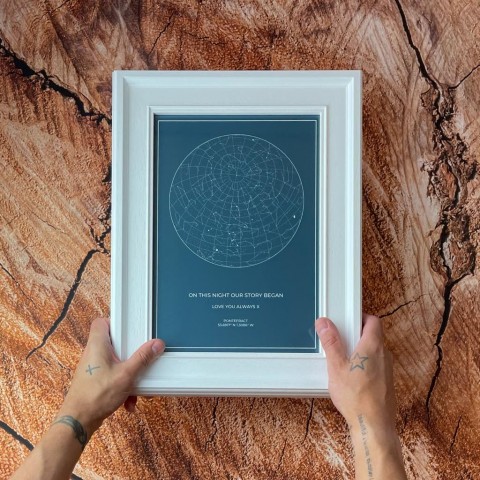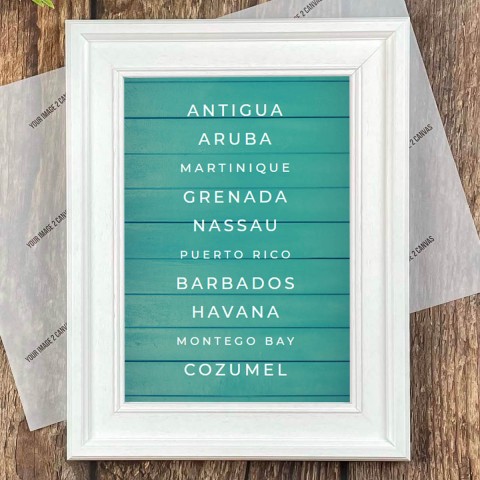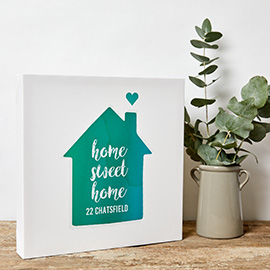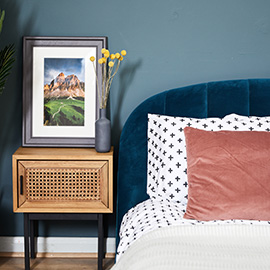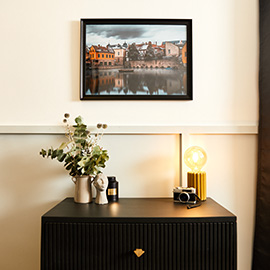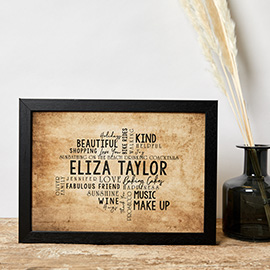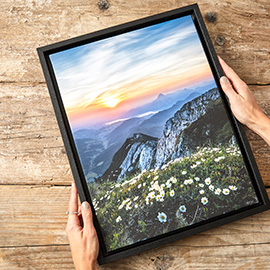How to photograph snow
With most of the UK recently experiencing their first snowfall of the winter, many fair-weather photographers will be snuggling up in front of the fire keeping warm... but the more intrepid among you will want to get out and capture this winter wonderland on camera. This week we share our top tips for shooting great snow pictures.
Nail your exposure
One of the first things we learn as photographers is that our camera generally does a pretty good job of exposing our images correctly for us. However, when it comes to scenes with lots of black or white it can struggle.
Every camera is designed to expose as close to medium grey as possible, which is fine for an evenly lit scene, but in a situation like a snowy day with lots of sunshine, your camera sees all that bright white and tries to balance it by underexposing the entire scene. The answer is to dial in between +1 and +2 stops of exposure compensation.
You should be able to do this with any reasonable spec camera from a compact through to a DSLR. Try it and see how white your snow becomes!
Shoot raw if you can
Shooting raw rather than jpeg gives you the opportunity to recover a lot of detail from any blown highlights in post-production, should you overdo the exposure compensation. You’ll also have a chance to deal with any white balance issues that might occur because your camera will probably make your snow look a little blue. If your camera doesn’t have the ability to shoot raw don’t worry! Choosing a warmer white balance – either cloudy or flash – should get you in the right ballpark.
Get out early and watch your step
Part of the magic of shooting in the snow is capturing those untouched shots before anyone has walked through it. Wrap up warm and head out as soon as the snow has finished falling, because you can guarantee that it won’t stay fresh for long!
Alternatively, you could walk through a fresh fall of snow and photograph it. A single line of footprints is a classic addition to a beautiful snow scene.
Take spare batteries
Because batteries drain much quicker in cold conditions it’s a good idea to have a couple of spares with you. Instead of leaving them in your bag you can keep them warm by putting them in a pocket close to your skin.
Follow these tips and you’ll soon be taking great snow pictures worthy of printing to canvas. We can’t wait to see them!


